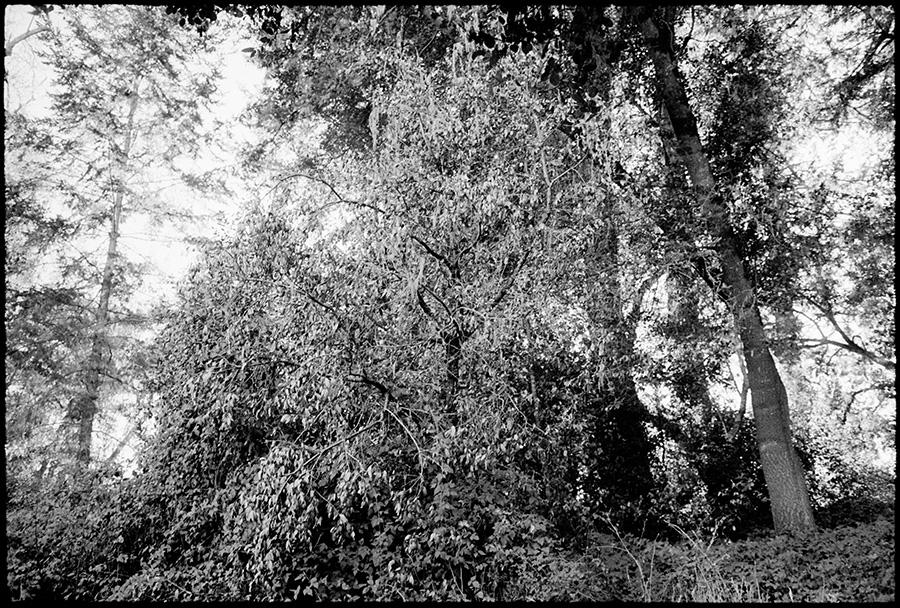Sudden oak death rates in California are soaring. In the past year, the rate in Marin County has doubled, and growing infestations at tourist . . .
Sudden oak death on rise, including at Bear Valley


Sudden oak death rates in California are soaring. In the past year, the rate in Marin County has doubled, and growing infestations at tourist . . .